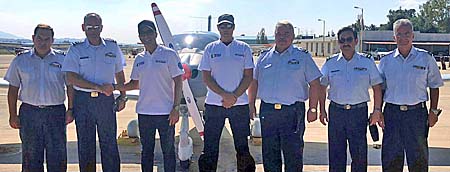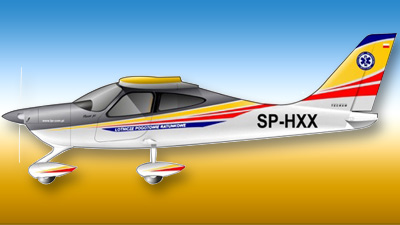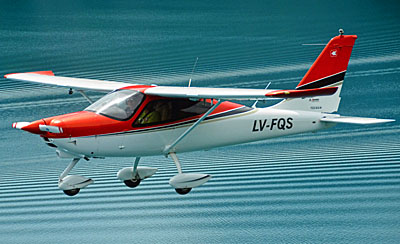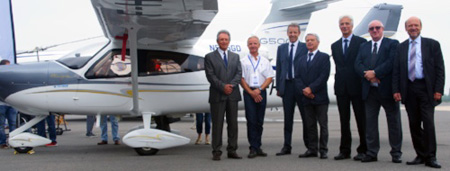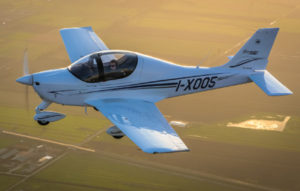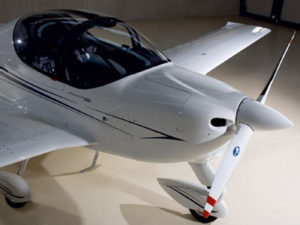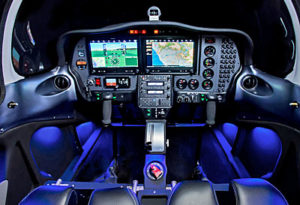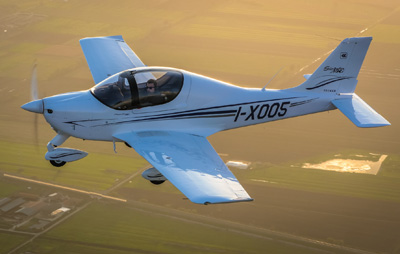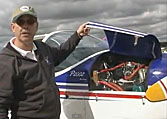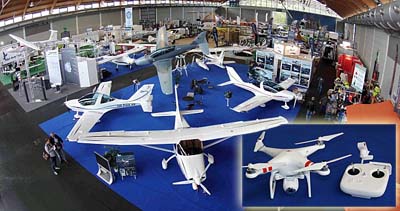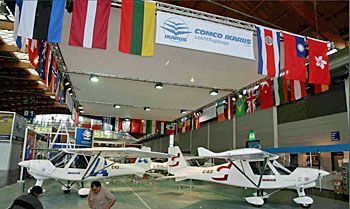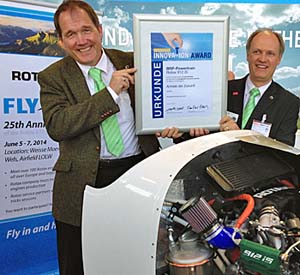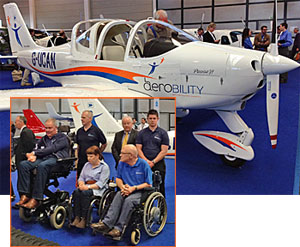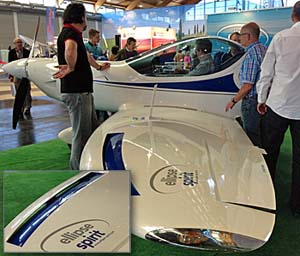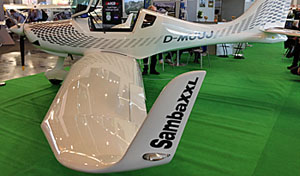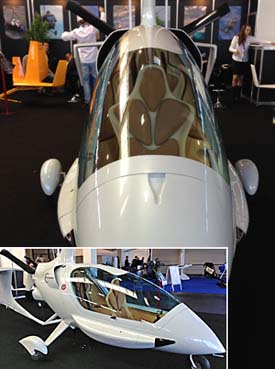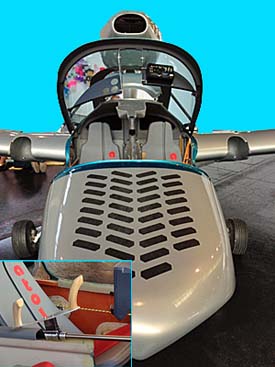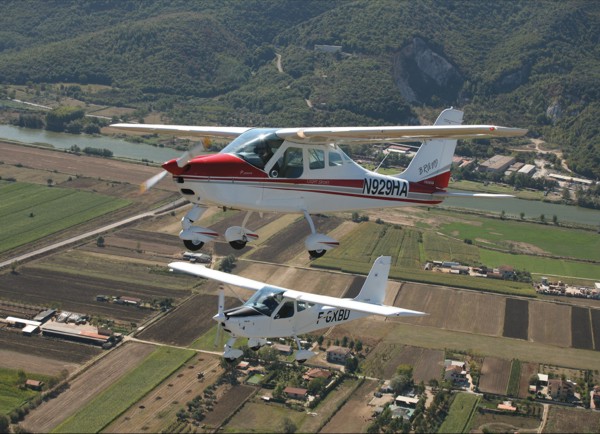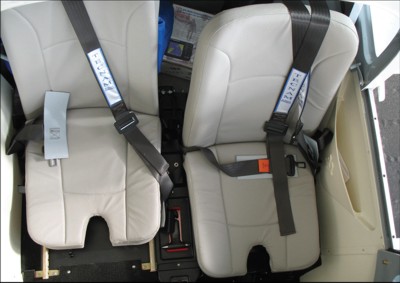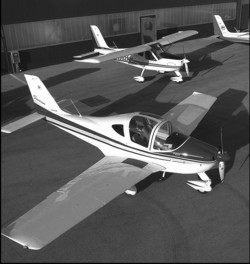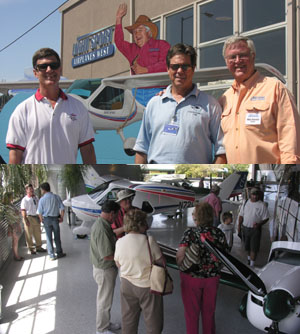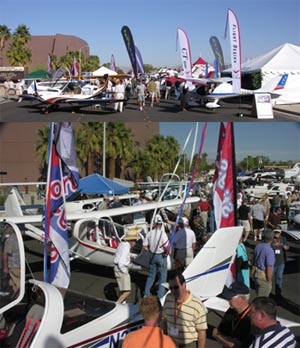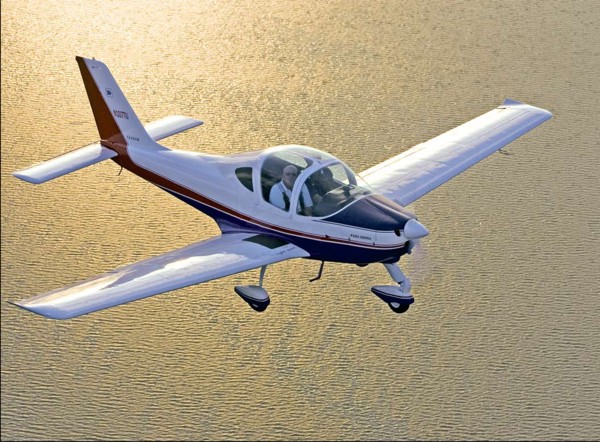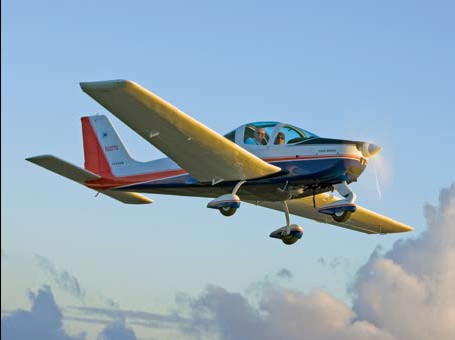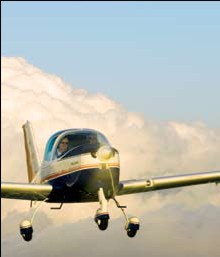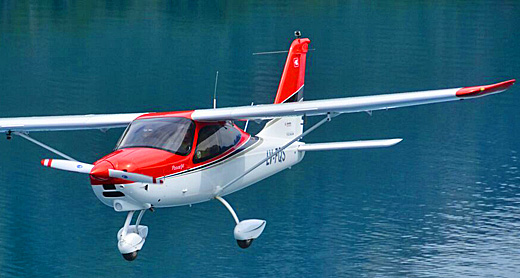
This week kicks off the truly gigantic trade show known by its sponsoring organization’s abbreviation: NBAA, or in common lingo, “Enn, Bee, Double A.” While not taking up the extensive terra firms of Oshkosh, NBAA actually has more paying exhibitors. They even tow aircraft down city streets in the dark of night so a reported 100 aircraft can be on display at the Orlando Civic Center. The show has become so large that supposedly only two U.S. convention centers are big enough to contain the sprawling affair: Las Vegas and Orlando. The latter is just down the street for me so every other year I go and look for something to report amidst my wandering around astonished at the sheer size of the event and how much money gets spent for a three-day show. I always find something of interest to the light aviation, recreational flying community. This year, I’m on the lookout for Tecnam, one of this website’s longtime sponsors and surely the largest company serving up Light-Sport Aircraft around the world.


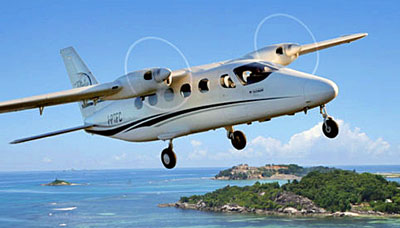 This week kicks off the truly gigantic trade show known by its sponsoring organization's abbreviation:
This week kicks off the truly gigantic trade show known by its sponsoring organization's abbreviation: 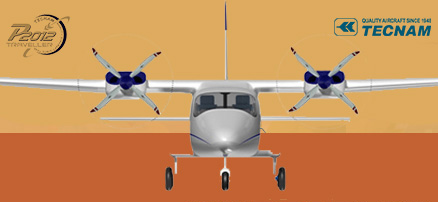 I always find something of interest to the light aviation, recreational flying community. This year, I'm on the lookout for
I always find something of interest to the light aviation, recreational flying community. This year, I'm on the lookout for 